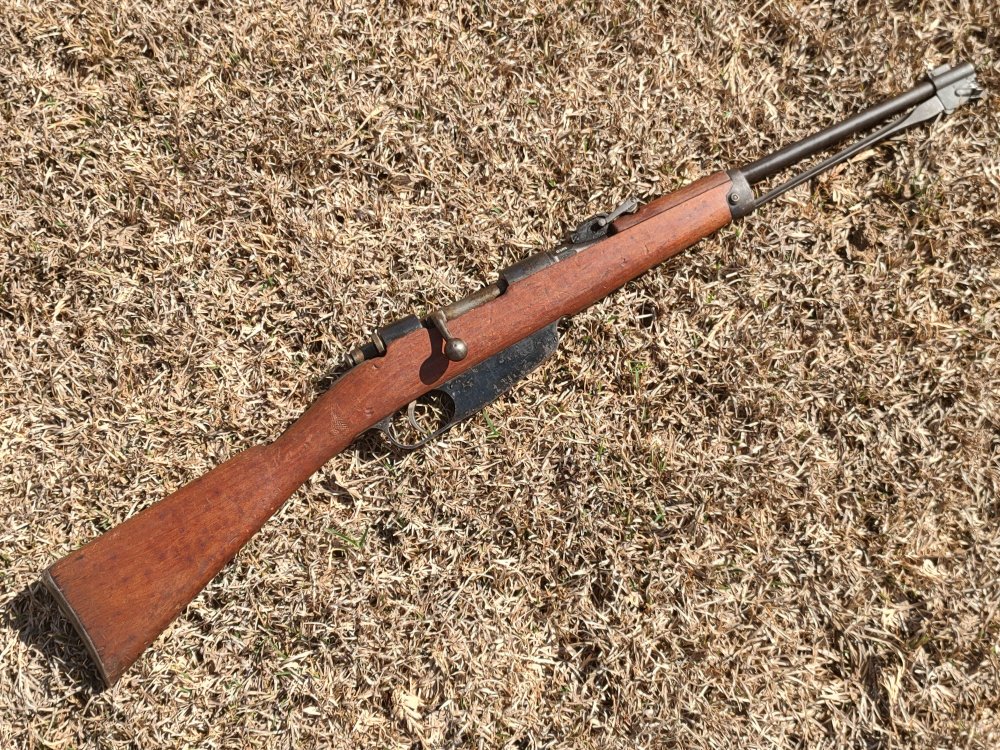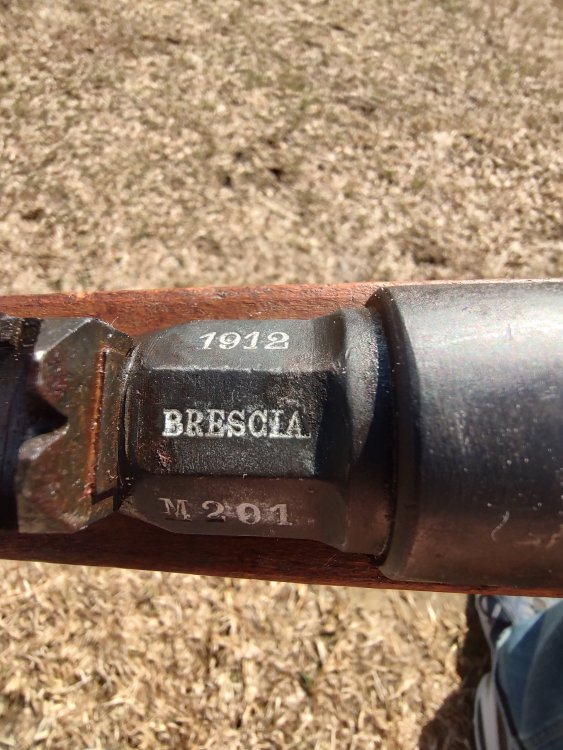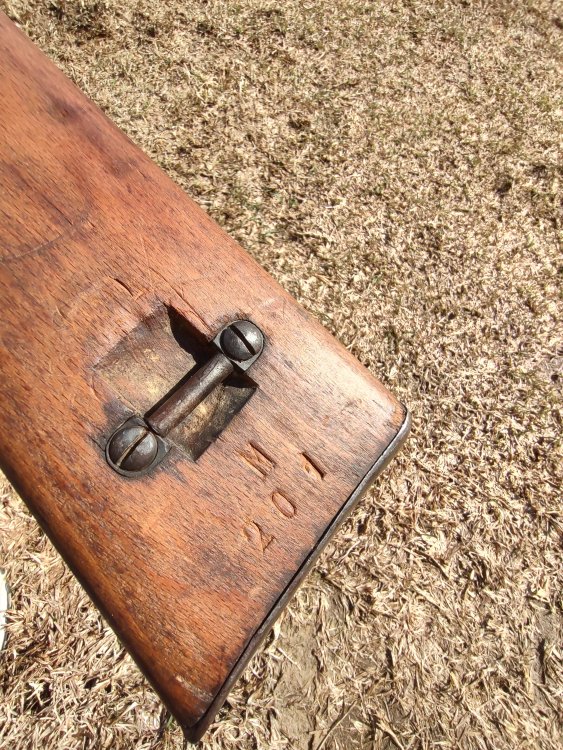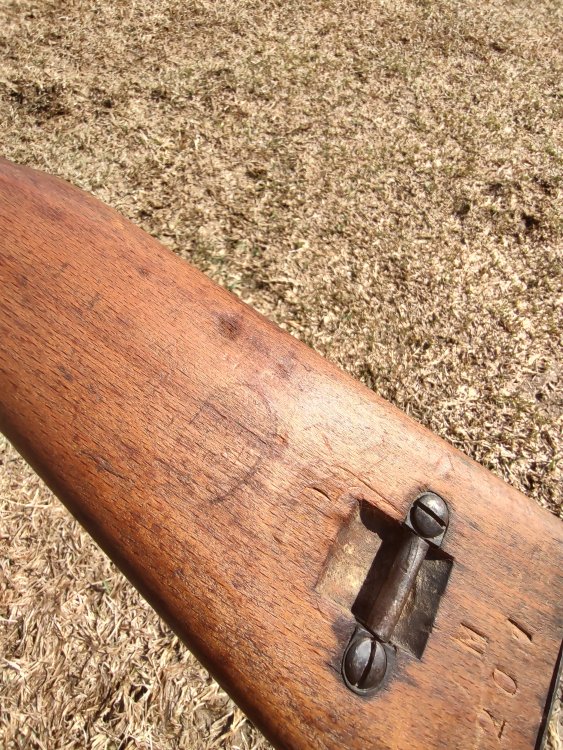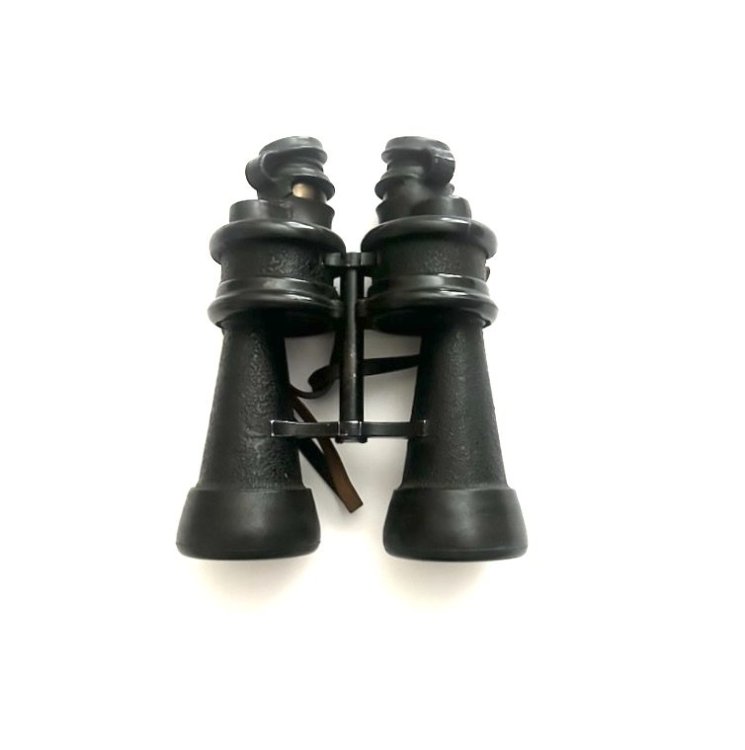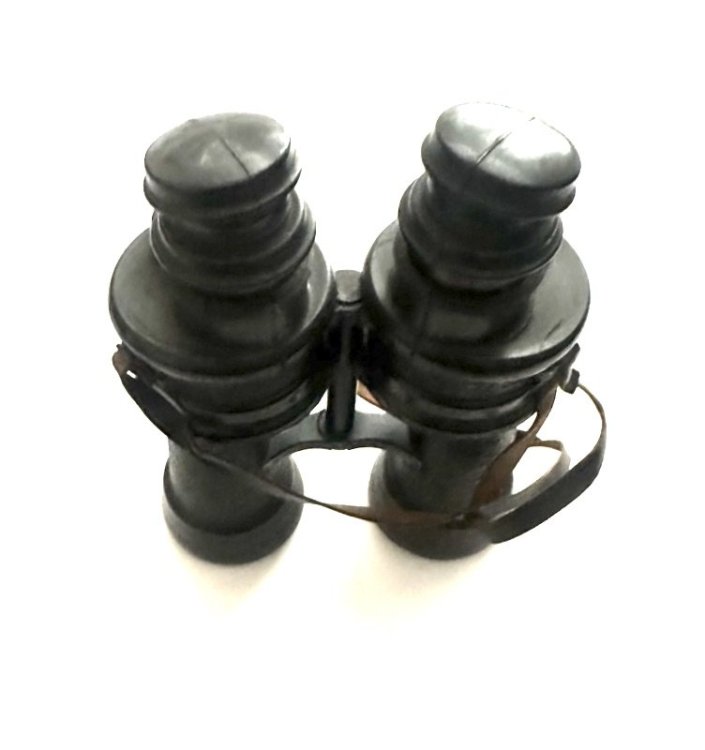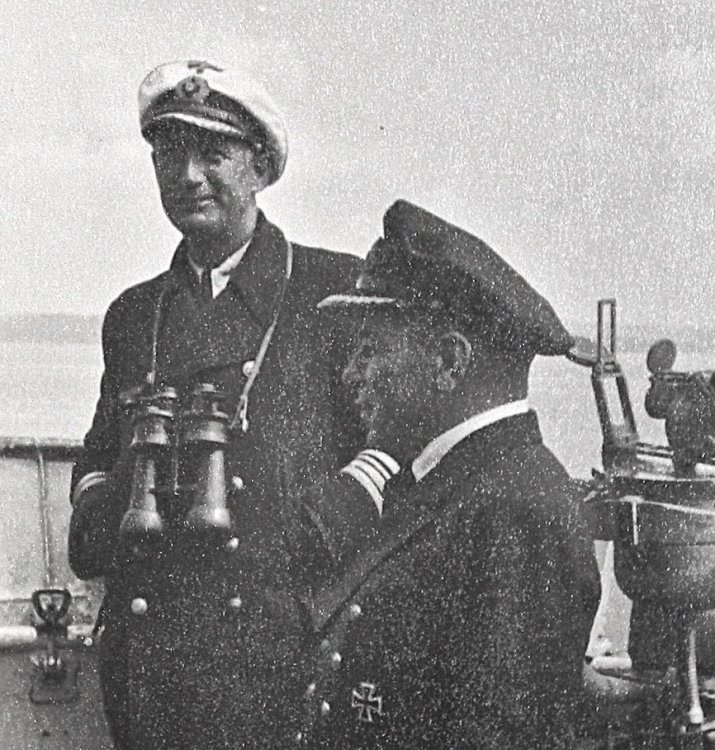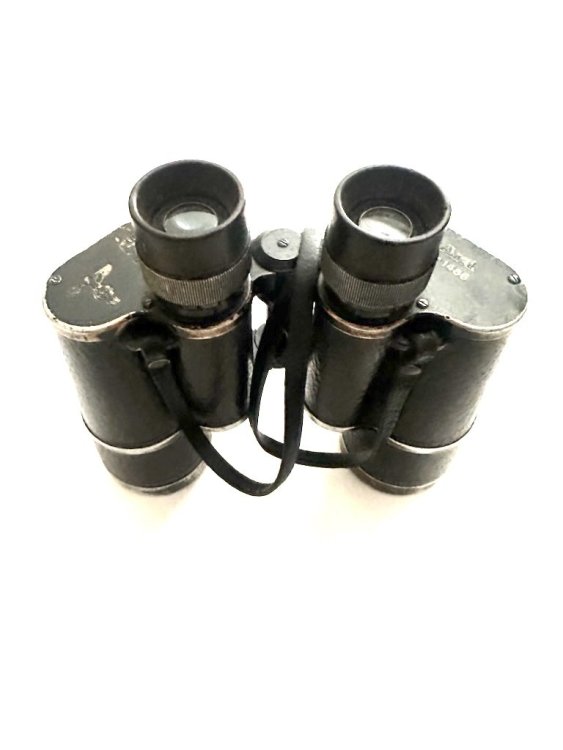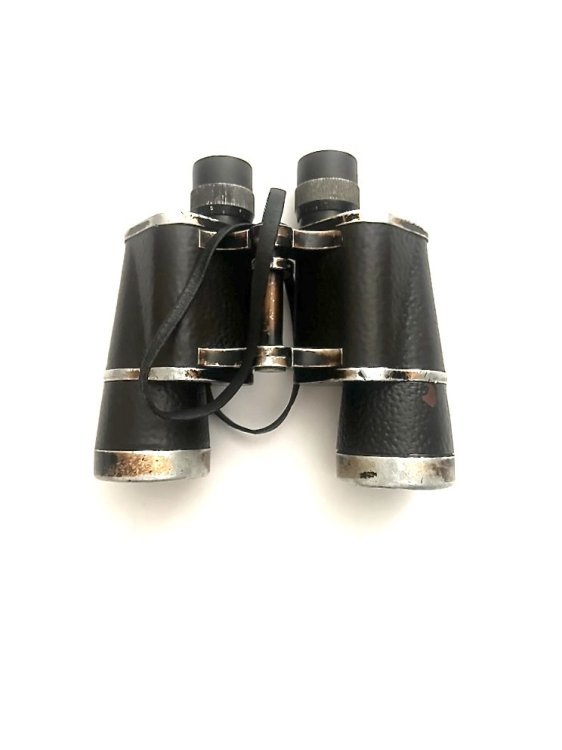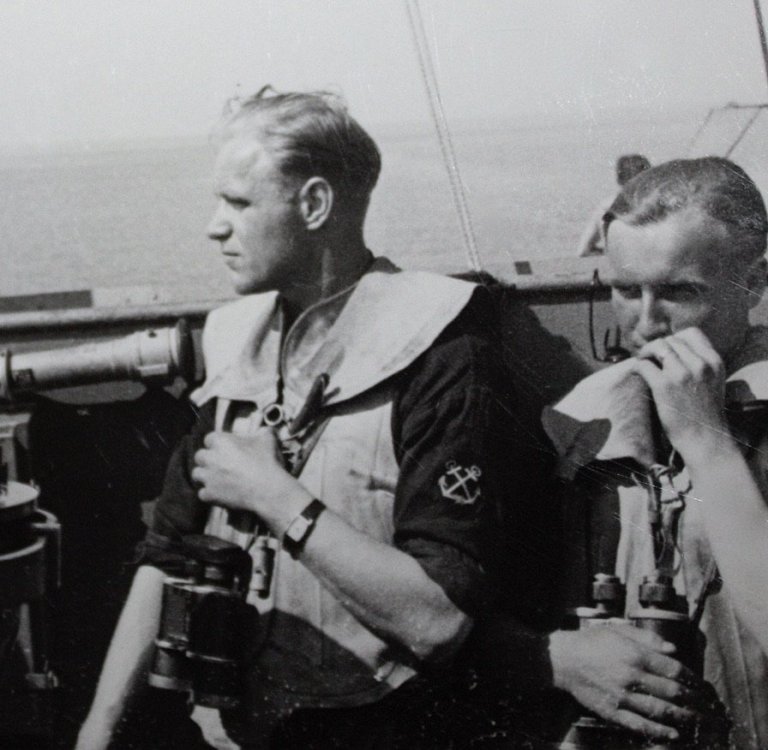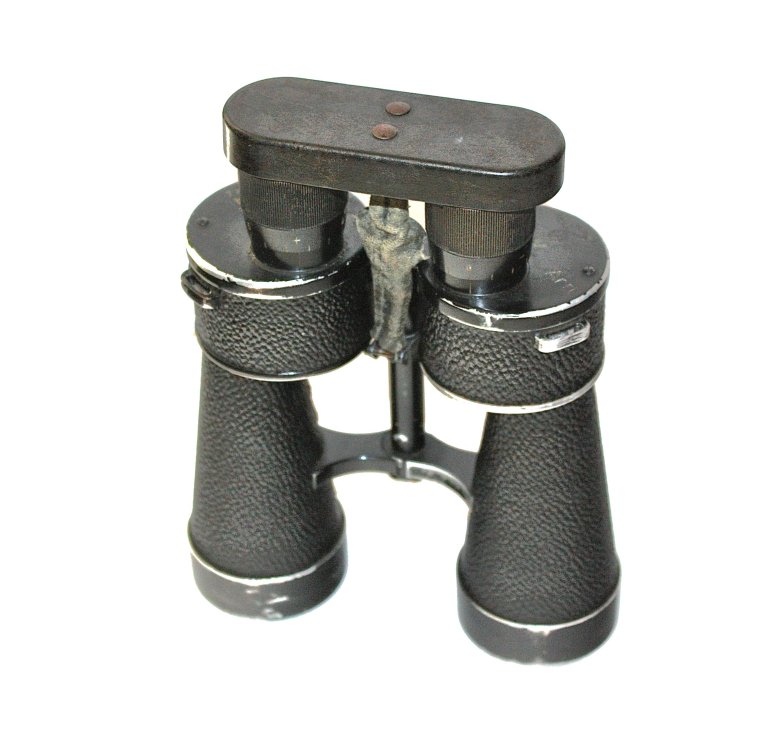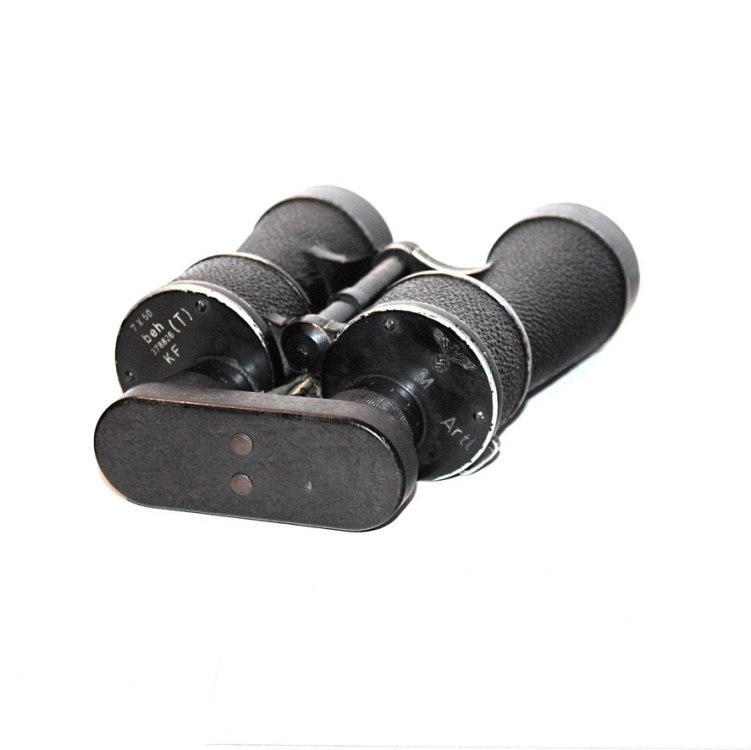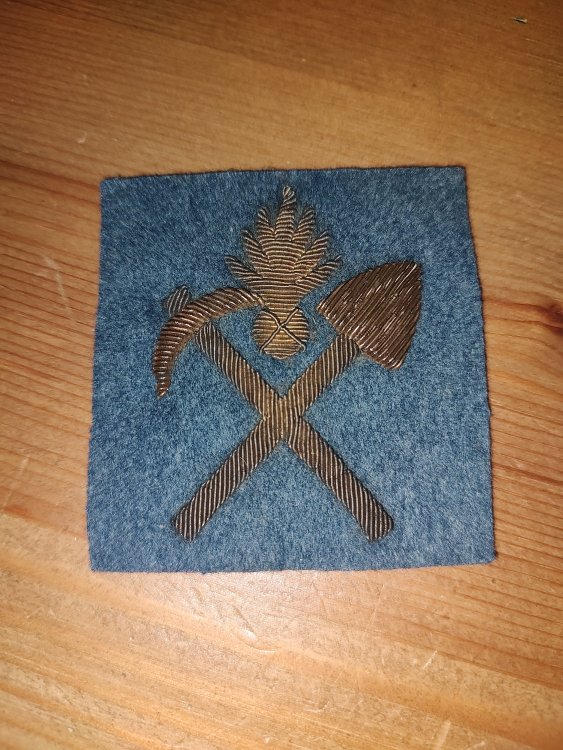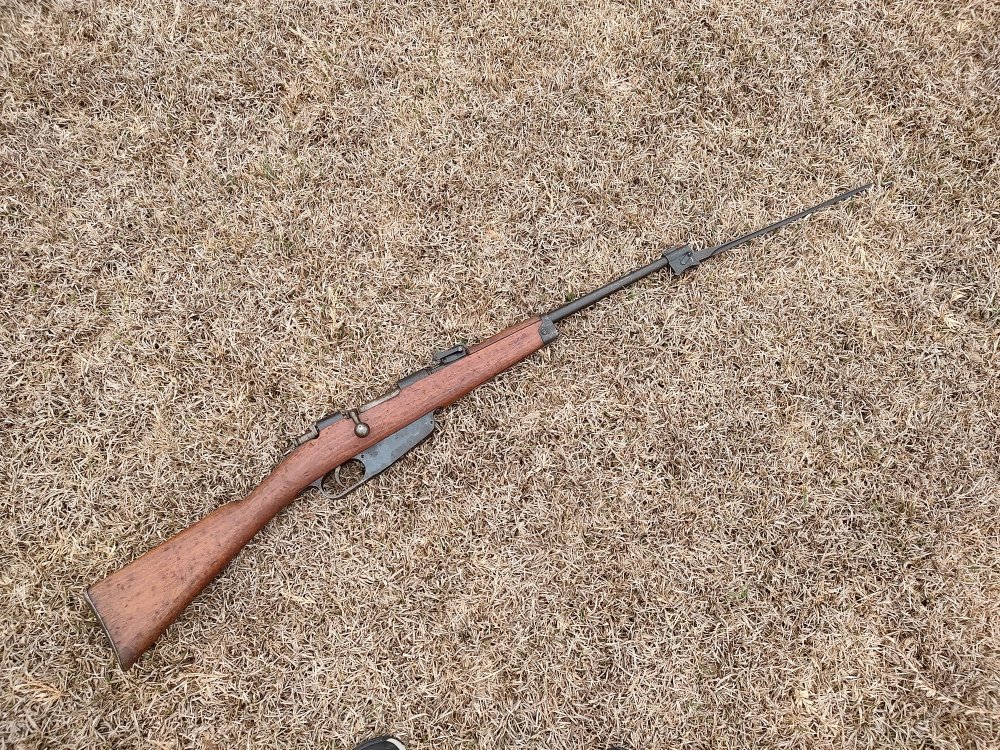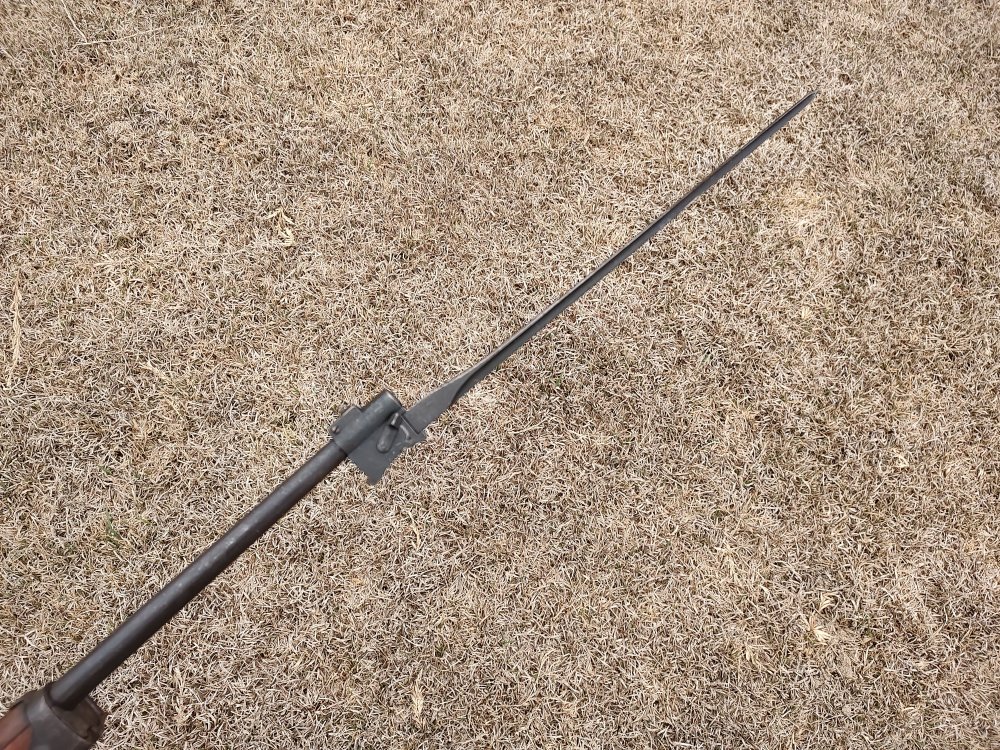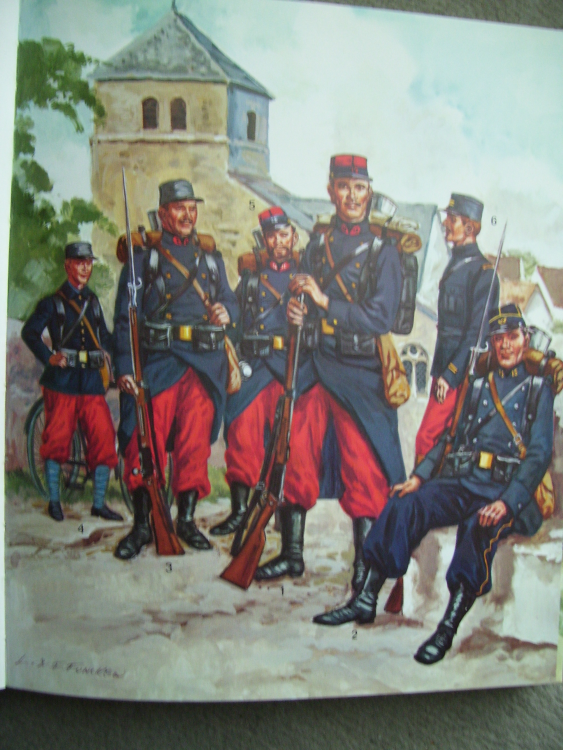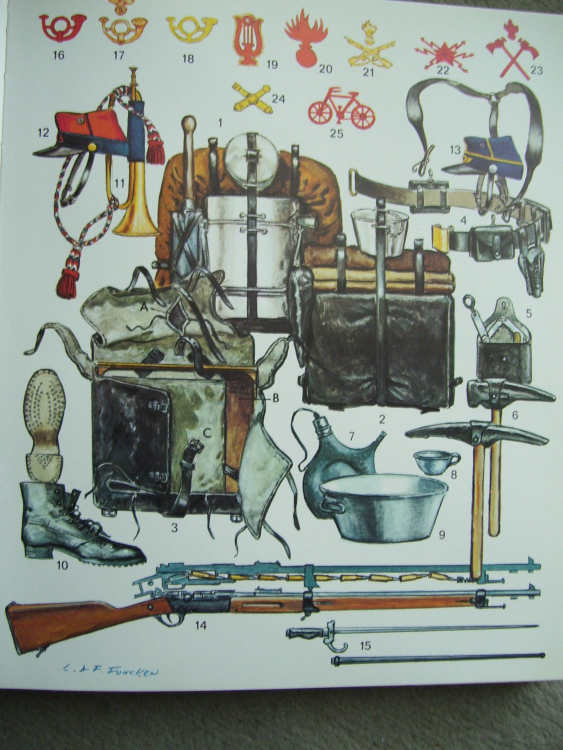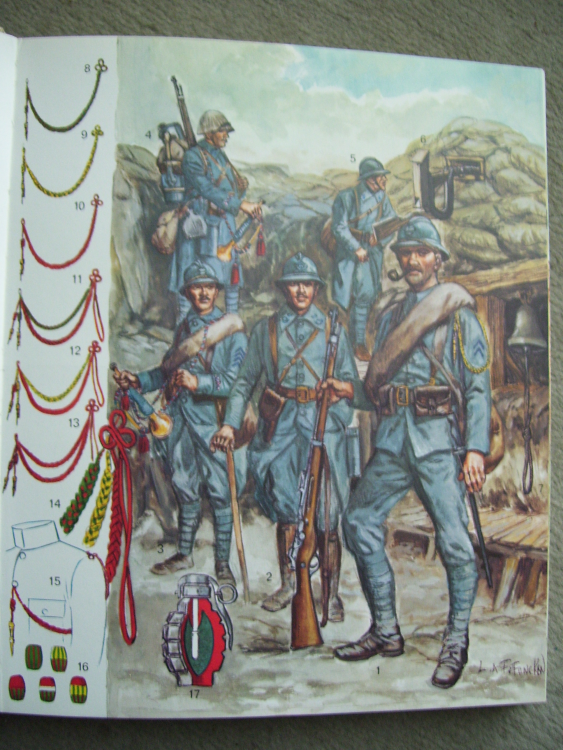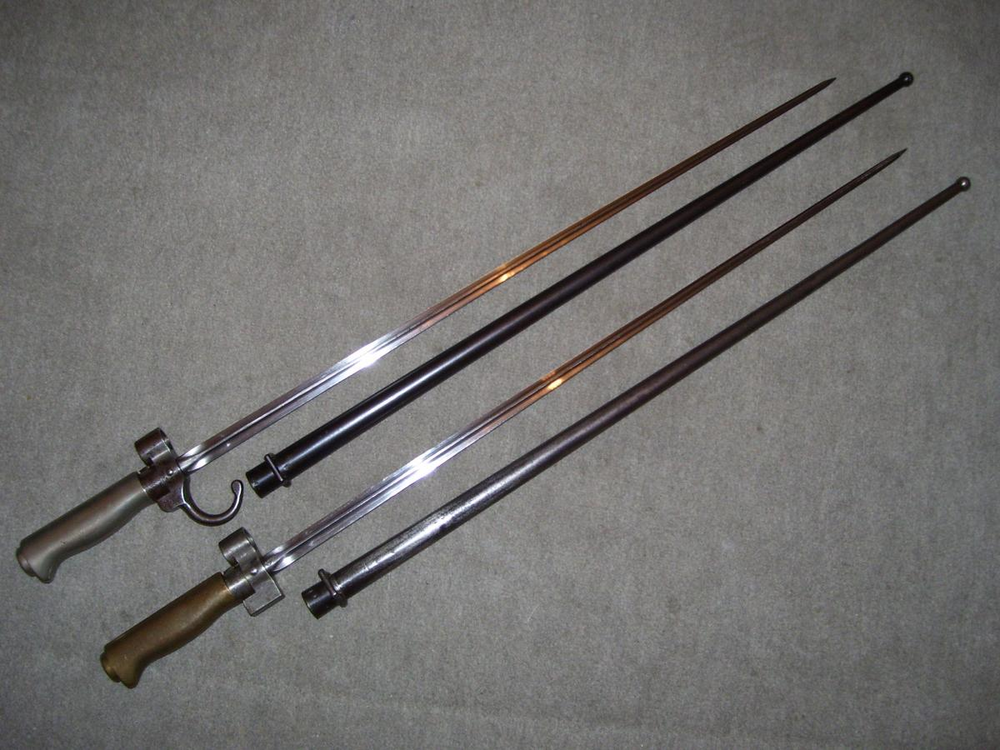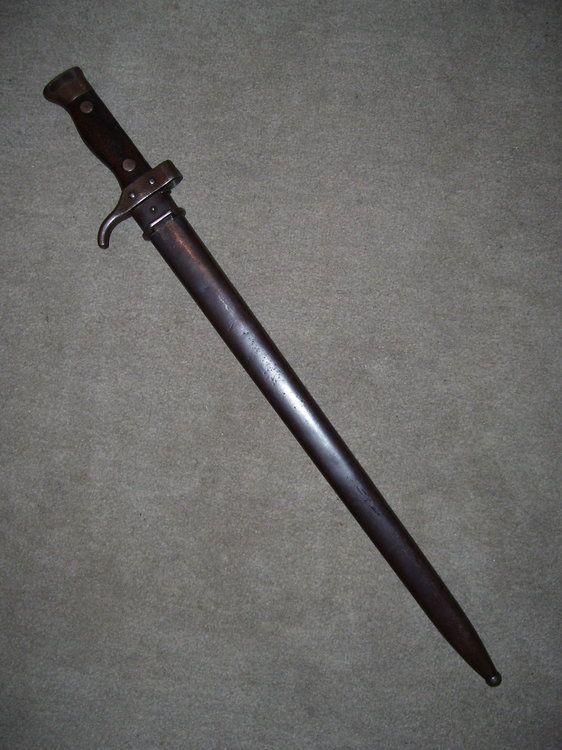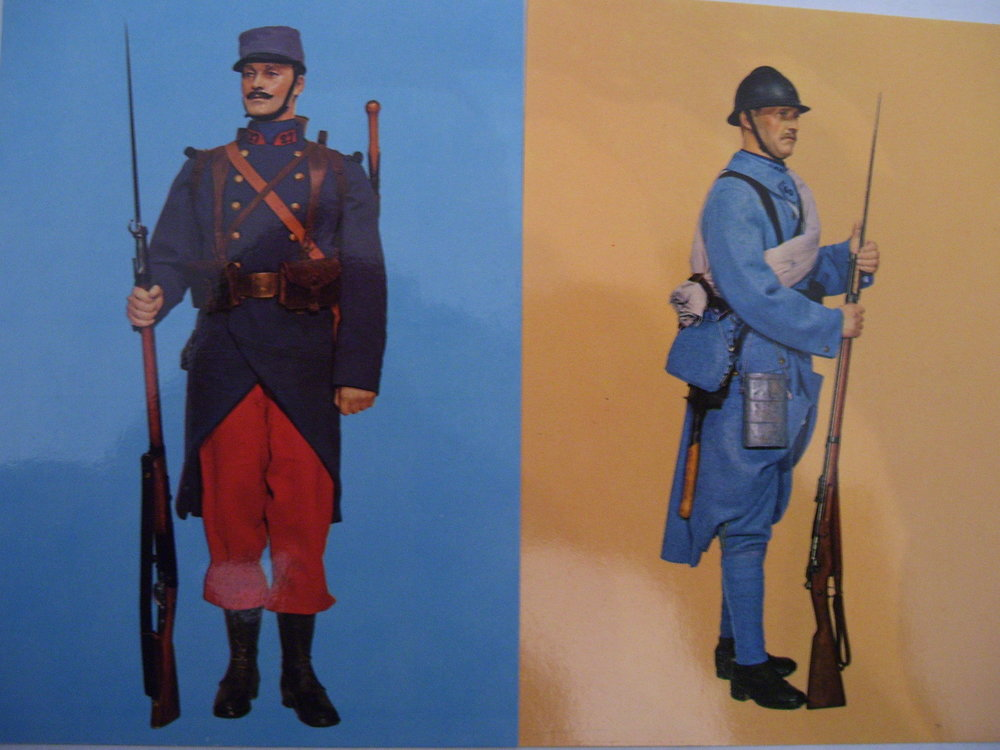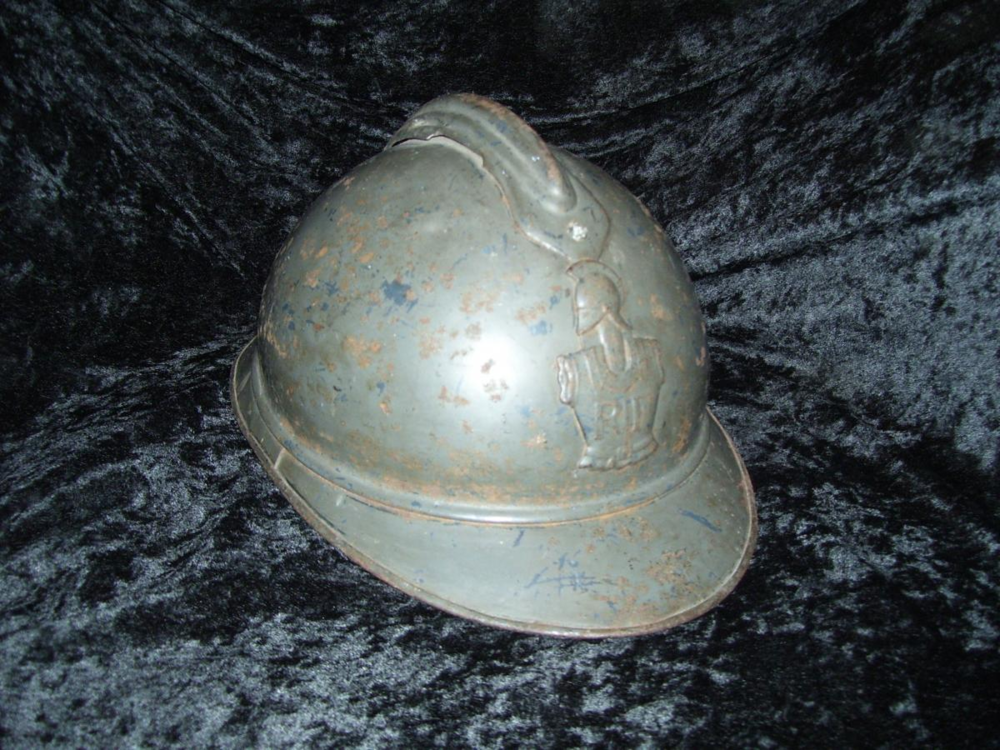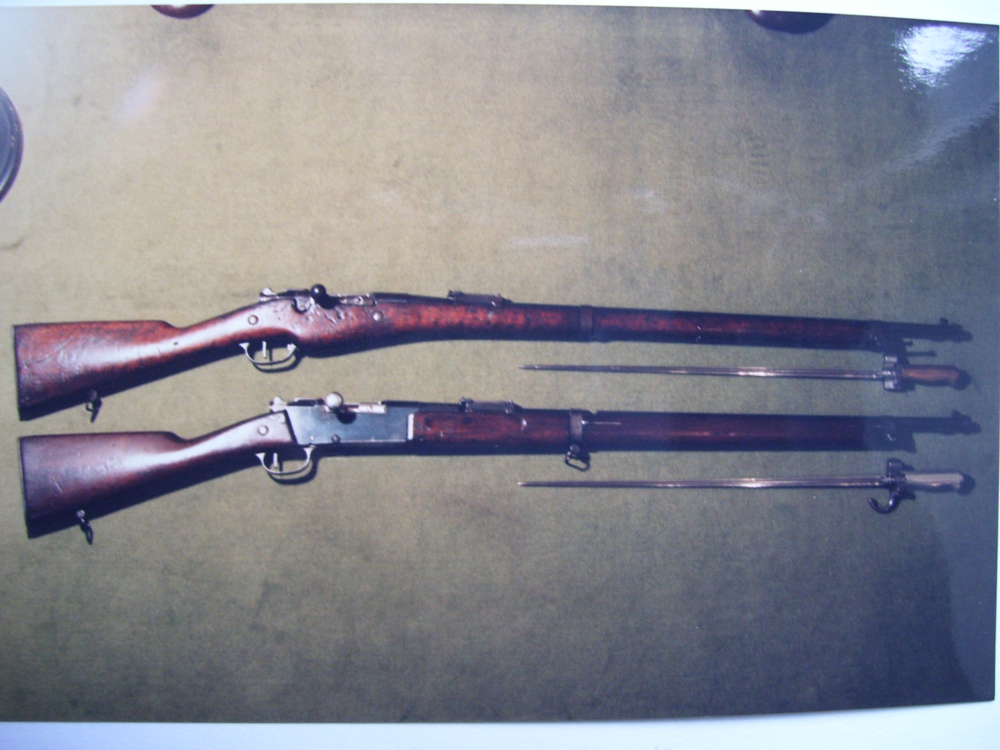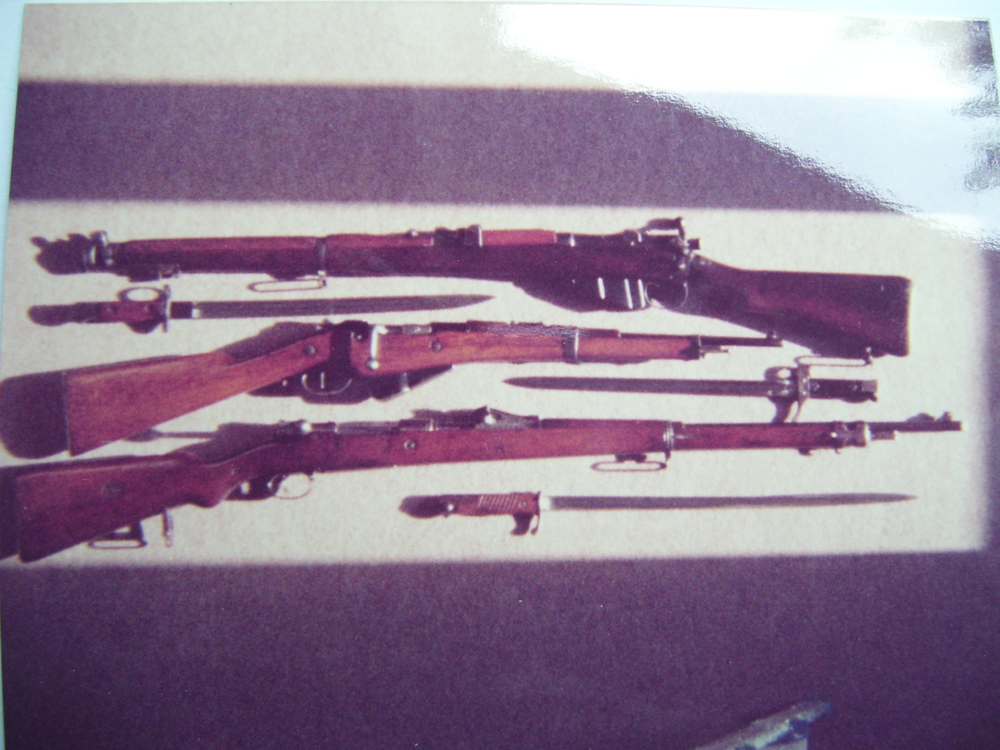Leaderboard
Popular Content
Showing content with the highest reputation on 03/03/24 in all areas
-
2 points
-
Pictured from my collection is on more 7x50 power binoculars, but manufactured by Ernest Leitz (beh). The Binoculars have original leather neck strap, as well as rubber armor. Binoculars like this one is pictured on page 423 and 424 in Deutsche Kriegsmarine Uniforms, Insignias and Equipment of thw German Navy 1933-1945 by Eduardo Delgado.2 points
-
Pictured from my collection is another set of 7x50 power binoculars, but manufactured by Cark Zeis Jena. The Binoculars have original leather neck strap, as well as a ranging reticle in right ocular. Binoculars like this one is pictured on page 233 in in Volume 3 of Die Kriegsmarine Uniforms & Traditions by John R. Angolia and Adolf Schlicht.2 points
-
Pictured from my collection of Kriegsmarine antiques is a 7x50 power binoculars manufactured by Ernest Leitz (beh). Binoculars have original protective lens cover, as well as a ranging reticle in right ocular. Binoculars like these are pictured on page 232 in Volume 3 of Die Kriegsmarine Uniforms & Traditions by John R. Angolia and Adolf Schlicht.2 points
-
2 points
-
Here is one of my WW1 French Uniforms, this one was for an Engineer Sergeant. The tunic has collar patches in black for engineers with the correct red colored soutaches. The buttons are all the same, to signify engineering. Each sleeve has a gold chevron to denote the rank of Sergeant. The inside has several ink stamps but they are hard to make out. The trousers have black piping down the outer sides, again to show engineers. The laces at the end of the trousers are modern replacements. The last few pictures are the uniform on a mannequin with assorted field gear. When France went to war in 1914, its uniforms had not changed much since the last war of 1870-71. The men wore madder red trousers and dark blue coats. The French government did try to replace the older color schemes for a more modern look, but the transition to the Horizon Blue uniform did not start until August 1914, with Kepis and puttees being the first items made. As the Horizon Blue uniform gradually became the norm, it was tweaked and modified as needed, however the idea was that all troops would wear a single type of uniform, with distinctive features to separate service components.1 point
-
1 point
-
1 point
-
1 point
-
Over 4000 views in such a short time, I think this post deserves to be pinned1 point
-
1 point
-
1 point
-
Here is another uniform accessory, the Serpe or billhook. This device was mainly used by engineers and machine gunners but was also used by other branches. This was considered a tool, and not listed officially as a weapon. Additionally, this was the only item that could not be worn on the wearers belt. When not in use, it was placed inside its leather carrier and attached to the pack. There were many variants of this tool made during the war. I am still hunting for the carrier. WW1 French field gear items are quite scarce in the US.1 point
-
The "UCI" marks are from a California costume company, now long closed. Many WWI era French, German, British items were sold off and are found in collections all over the world. All items are marked "UCI" United Costume Inc.1 point
-
The last tunic looks modified, see patch pockets and cuffs and with the metal numbers, probably for an NCO, however, red collar patches were for Artillery, the buttons however, are the infantry pattern. Infantry collar patches were horizon blue with dark blue numbers and two soutache Winkel to each rear edge. The long trousers would not have been worn with puttees, possibly with boots, or shoes for walking out dress. Could this have been re-badged, possibly by a film company? Lots of these uniforms were used to make WW1 films. The artillery buttons should have crossed canons with a grenade. The Berthier bayonet is nice, there is also an older pattern with a full hooked quillion, these are rarer. Unusual to see matching numbering on these pieces, they had a very long service life, till after WW2. One tunic has a handwritten "Williams" in the lining, not a very French name. "Belle Jardinière" was probably a private outfitter in Paris.1 point
-
1 point
-
Here is another of my WW1 French uniforms, similar to the last one posted, but small sized and the wool is much more coarse, very rough. It does have the internal liner, which was removed at some point. It has red collar tabs with black soutaches and metal numerals applied. The side cap was in one of the pockets of this tunic, no idea if it is native to this tunic or not.1 point
-
Very good. The paintwork looks like WW2 issue/application. The cruciform bayonet was probably more effective than the knife bayonet, the Russians used also a similar blade. And the blade was not likely to break or snap, unlike other blades, especially the 98 long, which production was ceased and was withdrawn from frontline around November 1914.1 point
-
1 point
-
1 point
-
I've had several of these bayonets over the years, also the M.86/93 and the Berthier 1915 rifles, which I unfortunately parted with about 20 years ago. 1915 Lebel-Berthier and 1886/93 Lebel with their respective bayonets. A Lee Enfield No. I Mk.III and a 1916 Berthier carbine, both with their bayonets. I also had a Berthier 1916 carbine and bayonet a partly complete horizon blue tunic and trousers, an artillery and an infantry helmet and a coloured 1914 infantry képi, an officers képi of 1er Regiment d' Infanterie, another for a capitaine, 14. Husars and a "bonnet de police" of either Belgian or French origin. I still have some items, which I will post at a later stage. A horizon blue Engineer helmet, which has been overpainted in greygreen for use in WW2 From the collections of the Musée de l'Armee, Paris. This was the standard textbook appearance of the infantry in 1914 and later 1915/16, although there were a few slight variations with the new uniform.1 point
-
1 point
-
1 point
-
1 point






